Skid Row
Buy Skid Row This album review is provided by Merry Mercurial, a writer of fiction, essays, reviews, and the “highly subjective” music blog. Every bit as fun as candy cigarettes, if not as […]

Buy Skid Row This album review is provided by Merry Mercurial, a writer of fiction, essays, reviews, and the “highly subjective” music blog. Every bit as fun as candy cigarettes, if not as […]
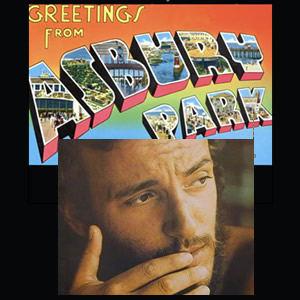
Buy Greetings from Asbury Park, NJ Buy The Wild, The Innocent, and the E Street Shuffle Bruce Springsteen started off his recording career with two albums in 1973, Greetings from Asbury Park, NJ, […]
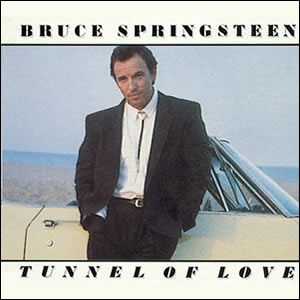
Following the multi-year, top of the pop world success of the studio album Born In the USA and the live compilation Live / 1975-85, Bruce Springsteen surprised a lot of listeners with the […]
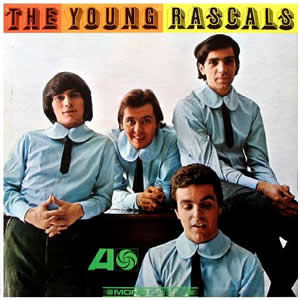
Buy The Young Rascals The 1966 self-titled debut by The Young Rascals is made mostly of cover songs. However, this in no way implies that the album is unoriginal as the quartet’s original […]
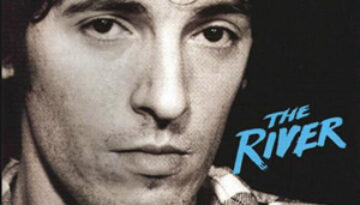
Buy The River Bruce Springsteen‘s fifth studio album, The River, is a massive album in both length and scope. Released in late 1980, this double album includes tracks that originated during the early […]
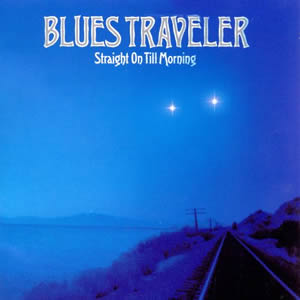
Buy Straight on Till Morning With a newly found international audience waiting for nearly three years for Blues Traveler to release a follow-up to their breakthrough album, the group ultimately found a mixed […]
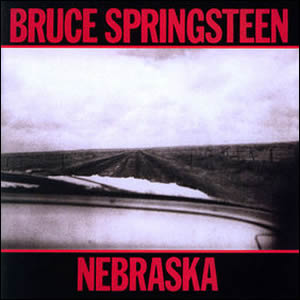
Buy Nebraska Bruce Springsteen‘s 1982 solo album Nebraska was an original “demo” that found unexpected life as a major label recording by a major label artist. The tracks for this sparsely-recorded album were […]
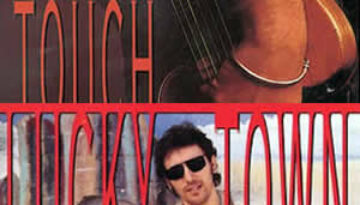
Buy Human Touch Buy Lucky Town The 1980s were incredibly successful for Bruce Springsteen, both commercially and critically. However, with the break-up of the E Street band in late 1989 and Springsteen’s relocation […]

Buy Four Labeled as a “jam band” since their inception in the late 1980s, many have contended that Blues Traveler does not translate well on standard studio recordings. Their 4th album, Four seems […]
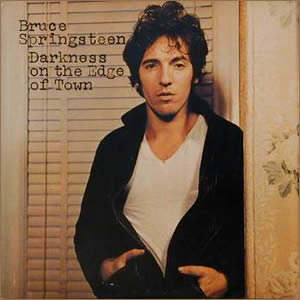
Buy Darkness On the Edge of Town Bruce Springsteen set out to make a rural influenced album with Darkness On the Edge of Town, the long awaited follow-up to his 1975 breakthrough, Born to […]